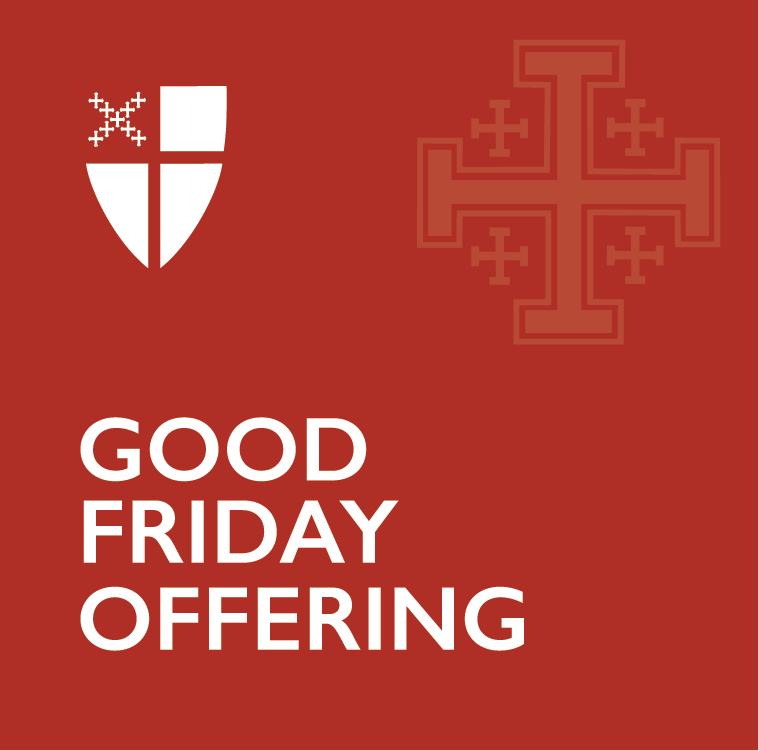The third decade of the Good Friday Offering started with Hitler and his Nazi troops trampling around the world and, at times, appearing invincible. Things began to change in 1943 with the Battle of Stalingrad, one of the largest and bloodiest conflicts in history. The ferocious fighting occurred during a brutal Russian winter in a starving city devastated by warfare. When all was said and done, the Germans had suffered a humiliating defeat, and the tide of the war had begun to turn. On June 6, 1944, France’s allies arrived on the beaches of Normandy, undertaking the largest seaborne invasion in history. The Allies suffered heavy losses but in time prevailed enabling them to liberate France from Nazi occupation and prepare for an ensuing march on Germany. This was of particular interest to the people behind the Good Friday Offering, who had been making annual gifts to the Orthodox seminary in Paris.
The final battles in Europe of World War II and the surrender of Nazi Germany took place in late April and early May 1945. On Aug. 6, 1945, the United States dropped a single, oddly shaped bomb over Hiroshima, Japan. It was a 9,700-pound uranium bomb, the first of its kind ever dropped in war. Shortly after, another bomb would fall on Nagasaki, forcing Japan to surrender. World War II was over, but the nuclear age had just begun. While there was much celebration in the streets as families and loved ones were reunited, a joyous end to the formal war would not bring about universal peace. As countries and peoples picked up the pieces, a new order was in the making.
Despite all the hardships of war, Episcopalians remained very generous as the amount raised continued to grow by leaps and bounds. The Offering brought in $26,000 in 1940, $32,000 in 1942, and $43,000 in 1946. Notably, in 1943, a new bishop of Jerusalem from the Church of England was installed; due to the obvious difficulties of traveling the region during the war, the Rt. Rev. Weston Henry Stewart had to be consecrated at Westminster Abbey in London. In 1949, Bishop Stewart would go on to oversee the building of what would become the region’s largest Anglican church, the Church of the Redeemer in Amman, Jordan.
In 1948, the state of Israel was born. Having been scattered across the world and persecuted mercilessly for centuries upon centuries, the world’s Jews now had a homeland of their own. The establishment of the homeland was not without controversy, as a vast number of Palestinian Arabs living in that homeland were displaced. It was a contentious issue then. It remains contentious today. But the history of the Good Friday Offering is replete with examples of Anglicans and so many others working in the region despite differences, joys, sufferings, intense wars, and fragile peace, with the understanding that the Church is called to be a herald of the Prince of Peace himself.
The Rev. Canon Charles T. Bridgeman, an American chaplain and missionary, undertook this ministry personally, expanding agricultural opportunities and establishing schools for students of all faith – all of which were supported by the Good Friday Offering. The records note – in a way perhaps uncharacteristic of a time of deep pain and upheaval – that “In the Church’s six schools, three for boys and three for girls, Jews and Moslems and Christians live together in the happiest fellowship” – a harbinger of how the Offering would continue to grow and develop interfaith work and dialogue that continues today.
Please join us in celebrating a century of gifts and rejoicing in 2,000 years of Good News. Give now at iam.ec/goodfridayoffering or text ‘GFO’ to 91999 (messaging and data rates apply).


